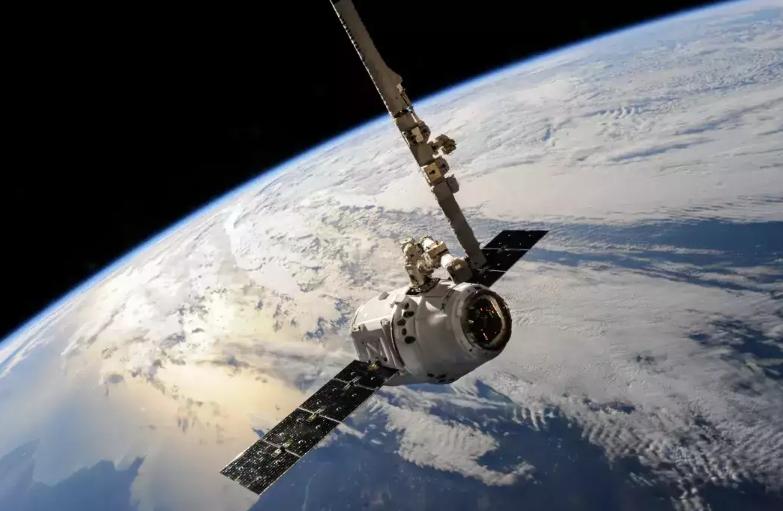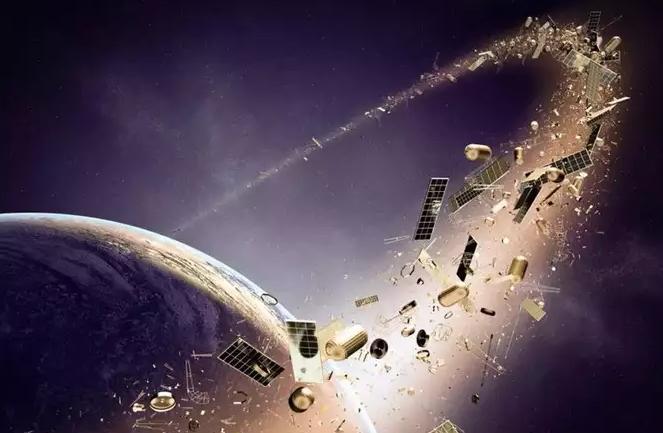When the 2013 blockbuster “Gravity” presented American astronauts battling for survival after their space shuttle is wrecked by space debris, it wasn’t pure science fiction. In reality, space junk is a growing concern, consisting of countless fragments from satellites, rockets, and other space missions. These fragments linger in orbit, posing threats to human missions and functional satellites.
FAA’s Stance on Cleaning Up Outer Space
Understanding the gravity of this situation, the United States Federal Aviation Administration (FAA) has stepped forward with regulations to address this galactic conundrum. With an absence of regulations on how long rocket upper stages, the segments entering space post-launch, can stay in orbit, it’s becoming a cosmic free-for-all up there. The FAA’s newly drafted guidelines seek to introduce timelines for these upper stages, emphasizing monitoring their re-entry and ensuring the safety of both earthlings and astronauts alike.
One major takeaway: space isn’t the infinite expanse it once seemed. The FAA’s stance underscores a reality where unmonitored debris growth can saturate our orbits, magnifying the risk of collisions. This doesn’t just imperil astronauts but also essential satellite services we’ve come to depend on – from mundane weather updates to critical GPS navigation.

A Snapshot of Space’s Littered Landscape
Numbers speak volumes, and the current count from the FAA’s recent report is nothing short of alarming.
Picture this:
- 23,000 objects with a size of 10 cm or more,
- an astounding 500,000 pieces between 1 to 10 cm,
- a mind-boggling 100 million bits larger than 1 mm.
They are all hurtling across space, unmonitored and unchecked.
Towards a Cleaner Space Future
Addressing the imminent risks of orbital debris making unwarranted contact with spacecraft, hence spiraling the debris situation further, the FAA lays out a roadmap for commercial space operators. Offering five distinct pathways for the disposal of rocket upper stages, the proposal also tightens the debris removal window, shrinking it from a broad 25 years down to a more stringent 5 years. This time frame contraction isn’t arbitrary; it’s a resonating acknowledgment of the mounting challenges we face in preserving space as the next frontier of human exploration and innovation.



